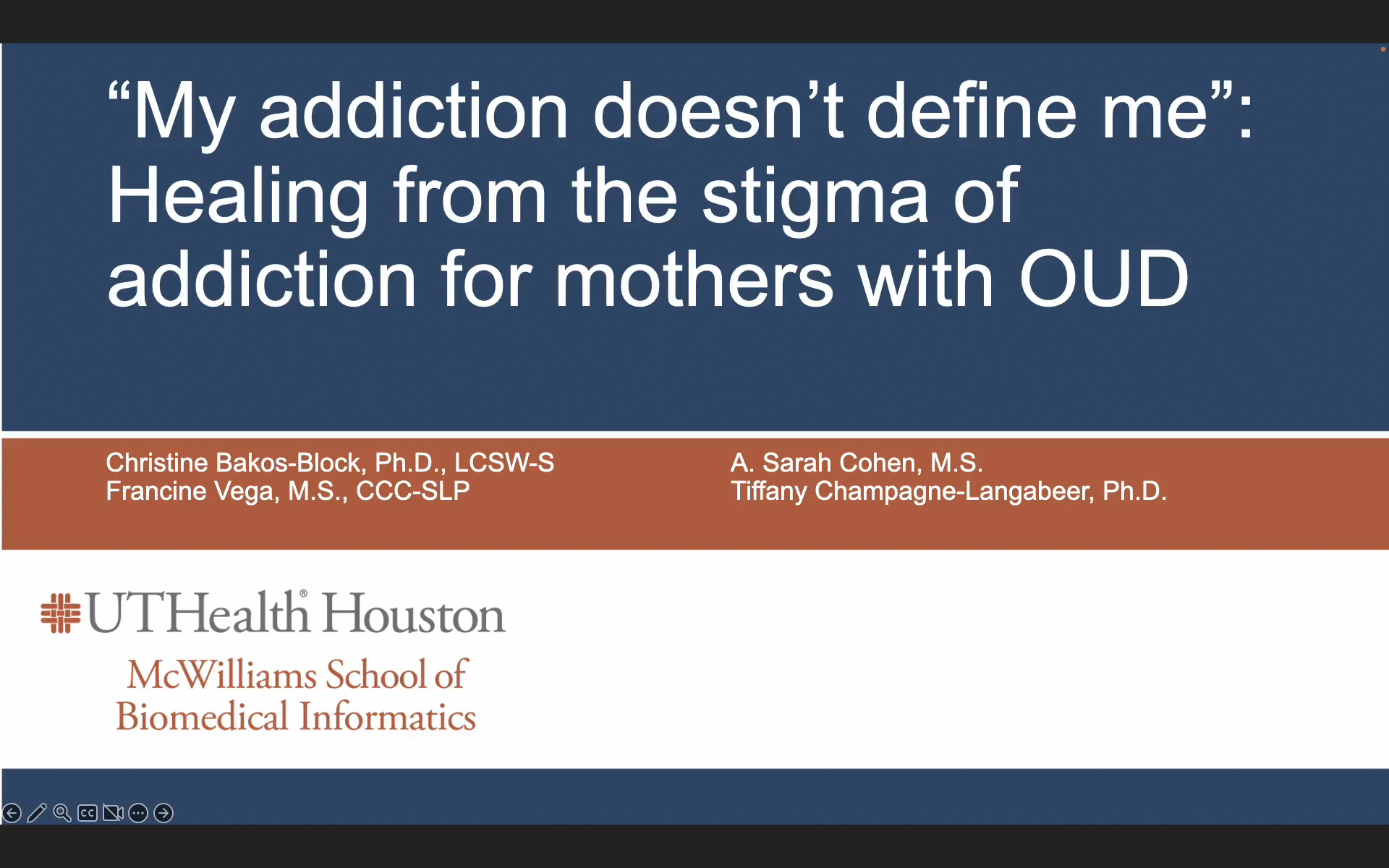The following questions and topics will be covered in this presentation.
- What is stigma?
A) A formal diagnosis for mental health disorders
B) A set of negative beliefs and attitudes towards a person or group
C) A type of psychological therapy
D) A medical condition characterized by social withdrawal
- What is the difference between internal and external stigma?
A) Internal stigma involves negative self-beliefs, while external stigma involves societal attitudes and discrimination
B) Internal stigma is about physical symptoms, while external stigma is about emotional responses
C) Internal stigma is imposed by others, while external stigma is self-imposed
D) Internal stigma refers to legal consequences, while external stigma involves family opinions
- What impact does internalized stigma have on treatment-seeking behaviors of people with substance use disorder?
A) It increases their likelihood to seek treatment early
B) It decreases their motivation to seek treatment and may lead to self-doubt
C) It has no significant effect on their treatment-seeking behavior
D) It ensures they follow through with treatment once they start
- What are the concerns of parents when seeking treatment for substance use disorder?
A) The cost of treatment and effectiveness of available options
B) The availability of local treatment centers
C) The length of treatment programs and potential for relapse
D) All of the above
- What are some recommendations of research to help reduce the impact of stigma?
A) Implementing public awareness campaigns and education programs
B) Restricting media coverage on mental health issues
C) Increasing the complexity of treatment procedures
D) Decreasing the number of treatment options available



